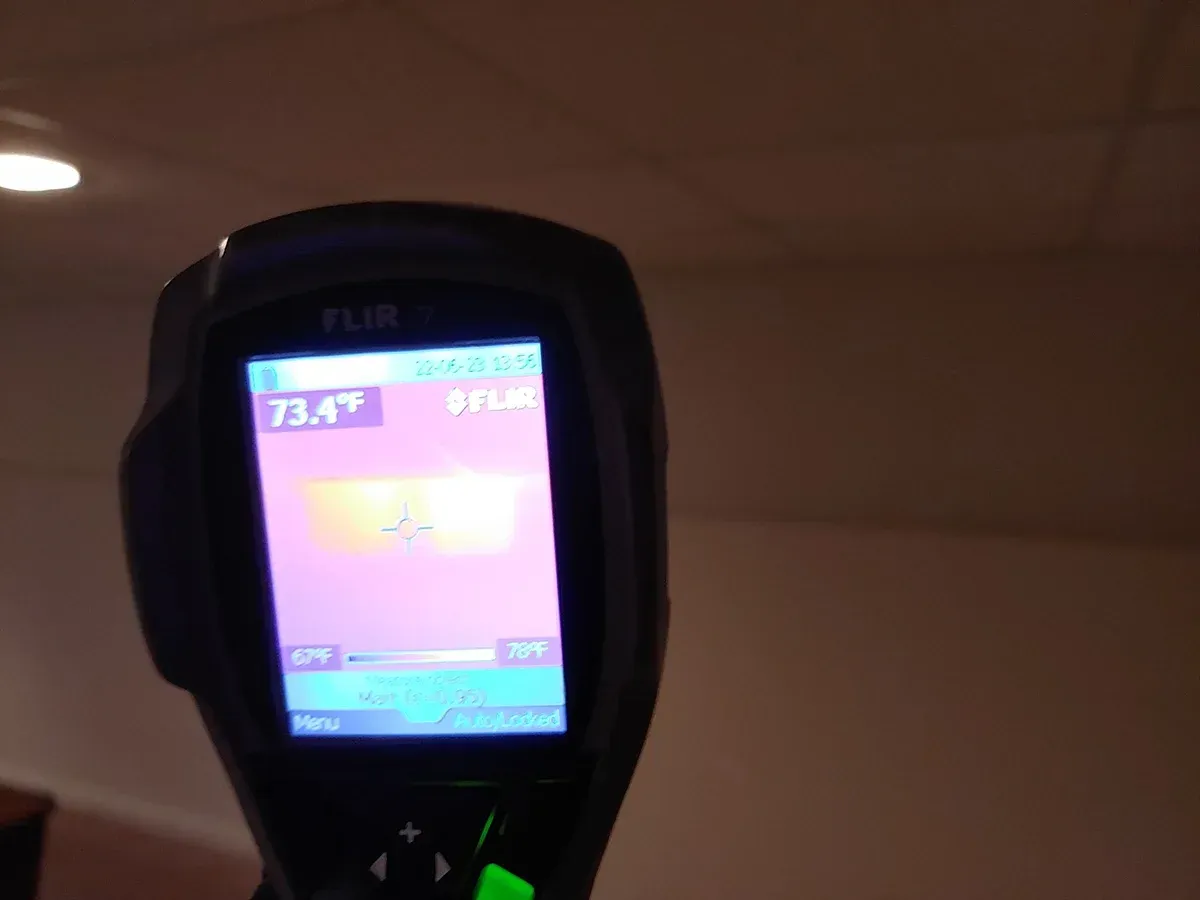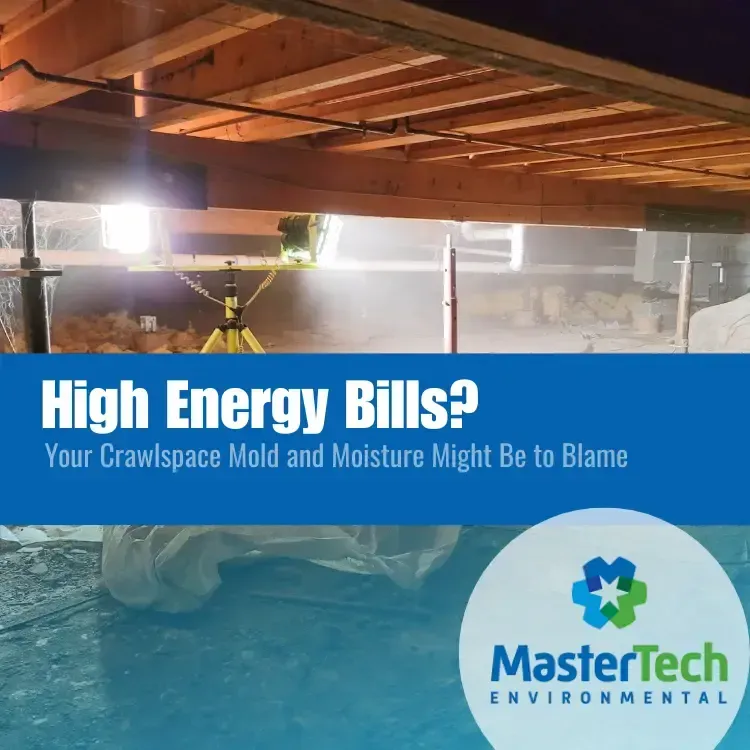Mold Inspection Myrtle Beach: Uncovering the Hidden Mold You Can’t See

That musty smell isn’t in your imagination — it could be hidden mold
Imagine waking up with a stuffy nose or headaches that fade when you leave home. Or perhaps there’s a persistent earthy smell that air fresheners can’t mask, yet you don’t see any black spots on your walls. This situation leaves many Myrtle Beach homeowners feeling confused and concerned. Mold isn’t always obvious; it often grows in places you never look. Because mold spores are present everywhere, moisture hidden inside walls, under floors, or in air ducts can fuel colonies that silently affect your air quality. Understanding where mold hides and how professionals find it is the first step toward peace of mind.
Unaddressed hidden mold isn’t simply a cosmetic worry. Prolonged exposure to spores can trigger allergies, worsen asthma, and contribute to chronic respiratory issues. And because there are no reliable health-based standards for airborne mold concentrations — and quick air samples often miss the problem — a thorough inspection focuses on finding hidden dampness before visible growth takes over.
Why Hidden Mold is Common in Coastal Homes
Myrtle Beach’s coastal environment is beautiful, but it also creates perfect conditions for mold to thrive. Salt air, high humidity, and frequent storms mean that moisture often sneaks into places you can’t see. From roof cavities to crawl spaces, dampness lingers in construction materials long after the rain stops, and that dampness becomes the fuel mold needs. Here are some of the biggest reasons hidden mold is so common in coastal homes:
· Persistent humidity and salt air. Even without leaks, water vapor condenses on cool surfaces. Salt particles carried by ocean breezes hold moisture, keeping surfaces clammy and slow to dry.
· Storm-driven water intrusion. Heavy rains and tropical storms push water into roof cavities, around windows, and under siding. If not dried quickly, mold growth is almost inevitable.
· Poorly ventilated crawl spaces and attics. Humid outdoor air seeps into under-insulated areas, condenses on framing, and migrates into wall cavities.
· Condensation from HVAC systems. Ductwork running through unconditioned spaces can condense, and without proper insulation, water droplets accumulate on both the wood and insulation.
Because these moisture sources are hidden, many homeowners don’t realize there’s a problem until the damage — and mold growth — is already advanced.
Common Places Mold Hides—and How Inspectors Find It
Finding hidden mold requires more than a quick glance or a store-bought kit. Professional inspectors use specialized tools to uncover colonies in places most homeowners never think to look. By mapping moisture patterns and combining them with visual cues, they can track mold back to its source. Some of the most common hidden reservoirs include:
· Inside HVAC systems and air ducts. Moisture in drip pans or on coils creates prime mold territory. Inspectors use probes and scopes to examine duct interiors without dismantling the system.
· Behind drywall or paneling. Roof leaks or plumbing failures soak wall cavities. Thermal imaging and moisture meters identify damp spots long before mold becomes visible.
· Under carpeting and padding. Spills or flooding that weren’t thoroughly dried allow mold to flourish beneath the flooring. Inspectors lift corners and check subfloor moisture.
· Inside insulation. Fibrous insulation traps moisture, creating an ideal environment for spores. Air sampling around insulation helps confirm contamination.
· Window sills and condensation tracks. Repeated condensation feeds mold along frames and in nearby drywall. Inspectors look for staining and measure humidity.
These inspections go beyond spore counts, which can fluctuate by the hour. What matters is identifying where moisture persists — because wherever dampness lingers, mold will follow.
Why DIY Tests Miss the Target
For homeowners worried about mold, DIY test kits seem like a quick fix. But they often create more confusion than clarity. Mold spores are everywhere, so test results don’t necessarily tell you whether your home has a hidden problem. And even if they show growth, they can’t tell you where it’s coming from or why. The main reasons DIY kits fall short include:
· Mold spores are always present. A petri dish left open in any home will collect spores, whether there’s a real problem or not.
· No safe threshold exists. There are no recognized health standards for “acceptable” mold levels indoors, so test results can’t predict health risk.
· They don’t identify causes. Testing alone doesn’t reveal the moisture sources fueling mold, which means any cleanup is likely temporary.
The real value comes from inspection — pinpointing dampness, tracing it to its source, and creating a plan to fix it.
When to Schedule a Mold Inspection
Inspections aren’t just for major flooding or visible growth. In Myrtle Beach, where moisture is constant, a professional check is smart whenever warning signs appear. You should schedule an inspection if:
· A musty or earthy odor lingers and can’t be traced.
· Family members develop unexplained allergy or asthma symptoms that improve outside the home.
· Your home recently had water intrusion from storms, plumbing, or leaks, and you’re unsure if everything dried properly.
· You’re buying or selling a home and want peace of mind before closing.
Mold Inspection Myrtle Beach: Protect Your Home and Health
The musty odor you can’t place, the unexplained health symptoms, or the storm that left water behind; all are warnings your home may be harboring hidden mold. The problem isn’t just the mold itself but the dampness that allows it to spread silently behind walls, beneath floors, and through ducts.
Professional mold inspection offers what DIY kits never can: a clear picture of where moisture hides, how far mold has spread, and what it takes to eliminate the threat for good. Addressing mold early safeguards your air quality, prevents structural damage, and saves you from costly remediation down the road.
So the next time you catch that musty smell, don’t ignore it. Schedule a professional mold inspection in Myrtle Beach and take back control of your air because protecting your family’s health and your home starts with finding what you can’t see.



